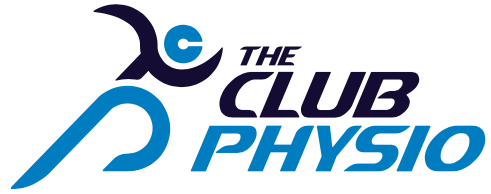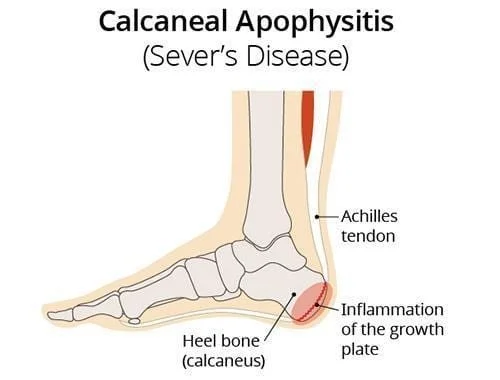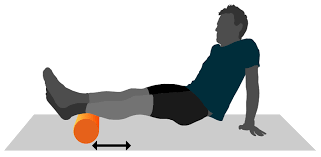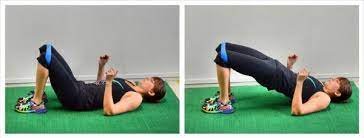Severs DIsease
Severs disease or calcaneal apophysitis causes heel pain usually in growing children between age 9-14. It occurs as a result of disturbance during development of the heel growth plate. During this time the Achilles tendon is pulling strongly on the heel bone and this excessive force can cause inflammation and pain
What are the symptoms?
Pain in the lower calf and heel area which may be worse when applying pressure either side
Pain worse on activity especially those involving running or jumping
In severe cases this may cause the child to limp when walking especially noticeable after exercise when cooling down.
One or both heels affected
What we can do?
Physiotherapy can help relieve the symptoms of severs disease by:
Providing advice on pain management techniques (ice, foam rolling, taping). Foam rolling and massage can be greatly beneficial.
Assessing foot posture and biomechanics
Movement correction and taping to offload the heel and assist in more efficient movement.
Referral to a podiatrist if necessary for orthotics or a more custom foot assistance.
Provision of heel wedges to help to offload the Achilles attachment point.
Advising on activity modification whilst symptomatic: this includes load management and sufficient rest.
Assisting with return to activity
Exercises to address any tightness, weakness, muscle imbalance and mechanics. This is often around the glutes, hamstrings and calf muscle groups
Advice on appropriate footwear
Important Notes.
Severs is a growth related disorder and self limiting. It often settles with skeletal maturity.






